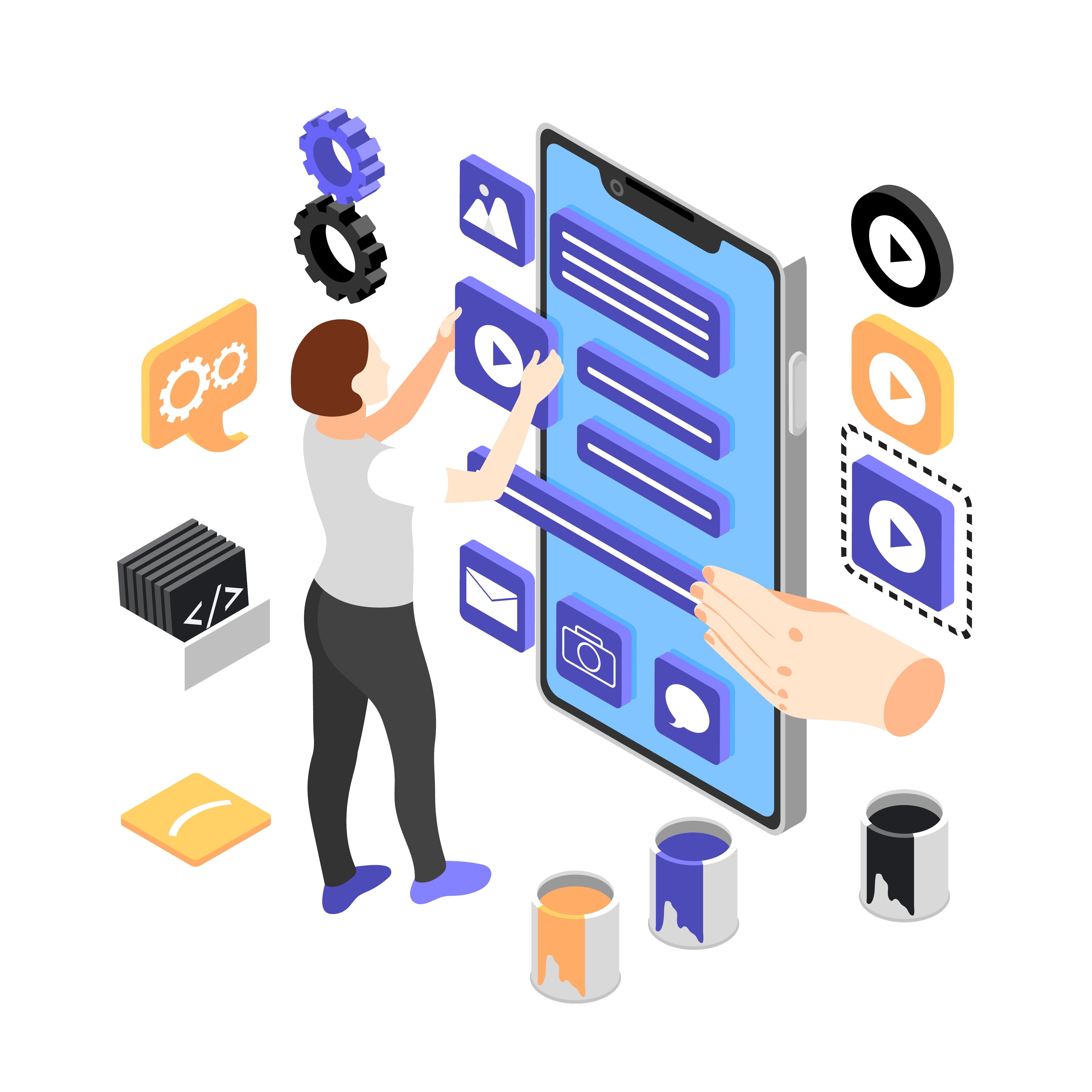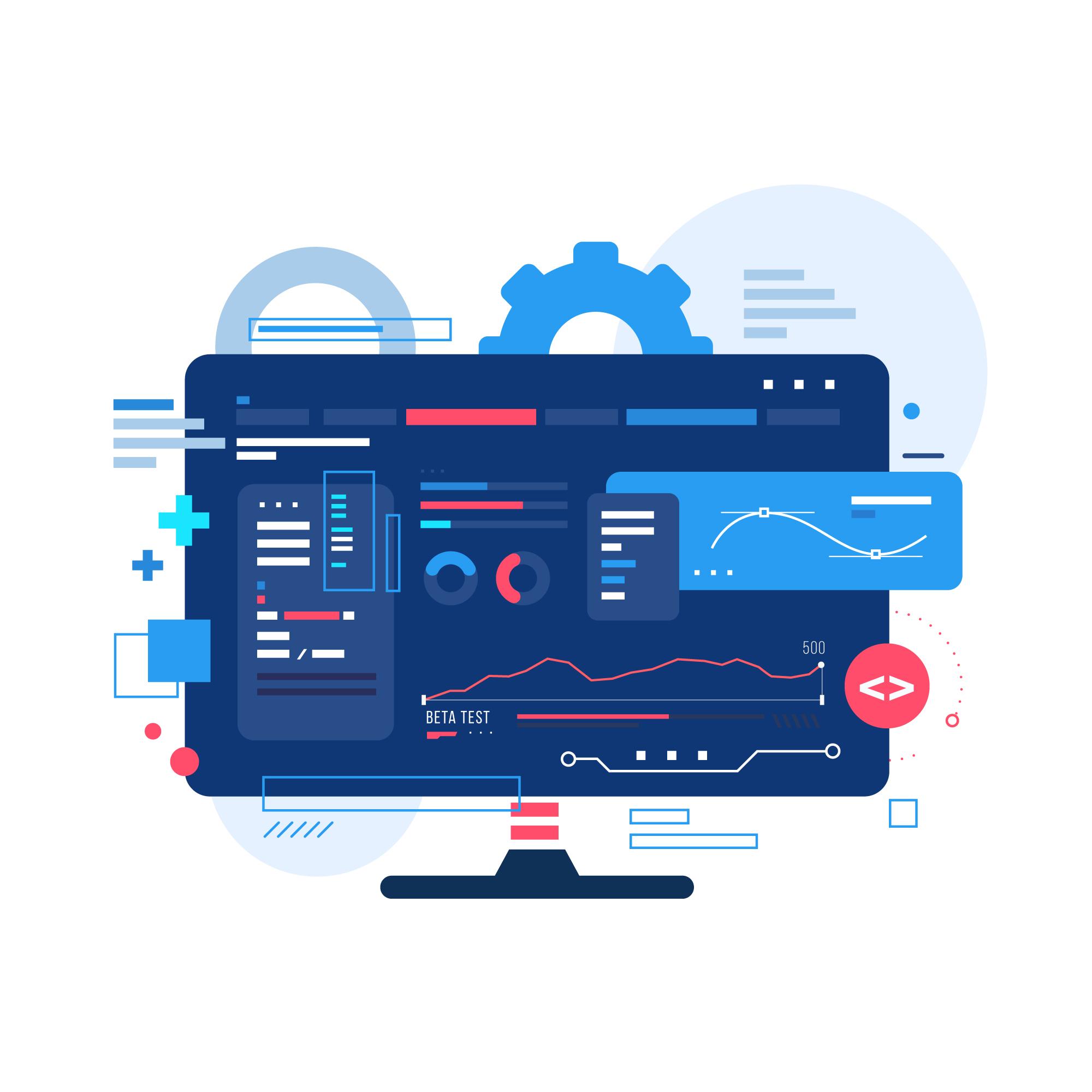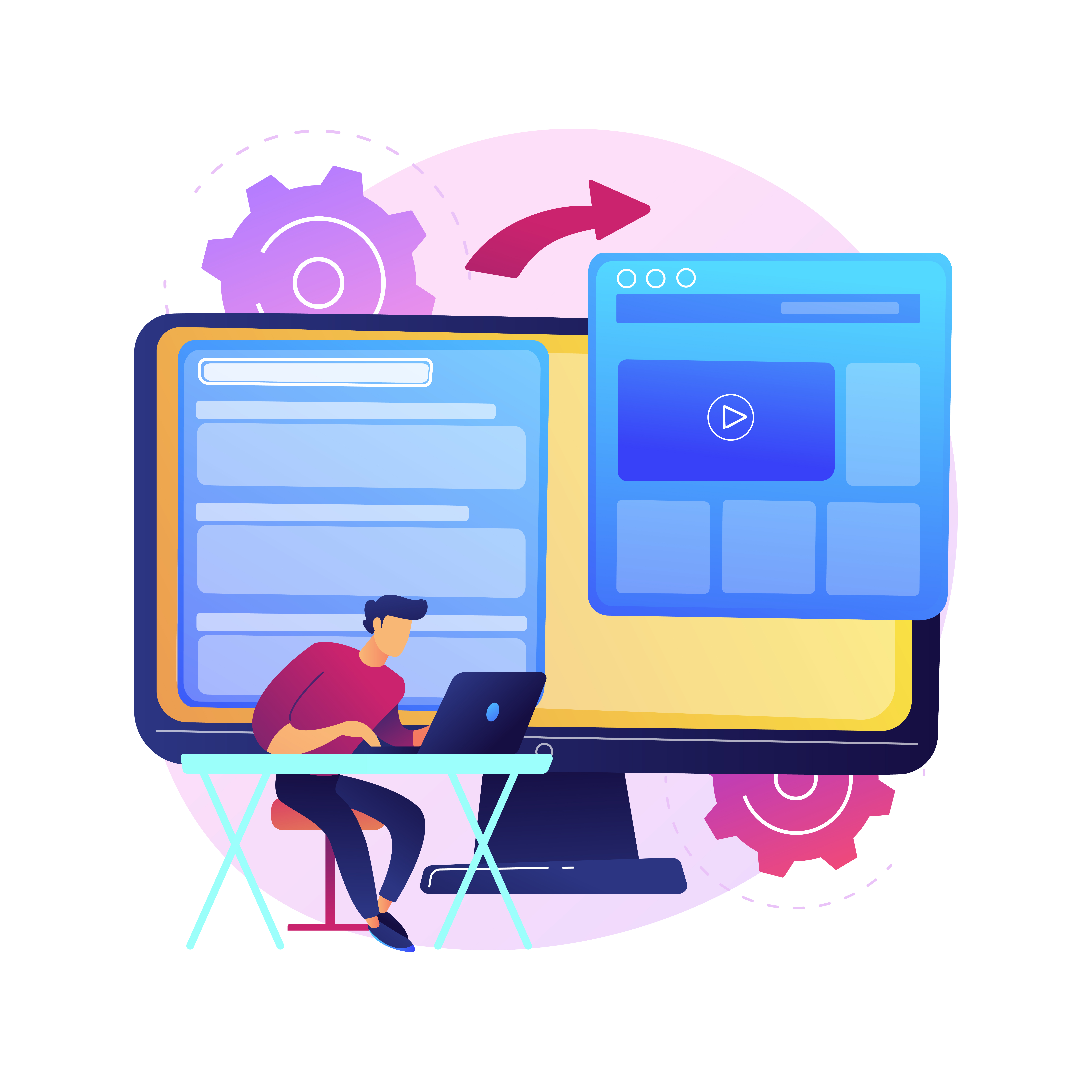We leverage a diverse array of tools and technologies to drive excellence in UI/UX development, ensuring our digital products are both innovative and user-centric. For design and prototyping, we use industry-leading tools such as Adobe XD, Sketch, and Figma, which allow us to create detailed wireframes, interactive prototypes, and visually compelling mockups. These tools facilitate real-time collaboration among team members and stakeholders, enabling rapid iterations and feedback. For user research and testing, we rely on platforms like UsabilityHub and Hotjar to gather valuable insights into user behavior and preferences, ensuring our designs are grounded in real-world data. Our development process integrates advanced front-end technologies like HTML5, CSS3, and JavaScript frameworks, including React and Angular, to build responsive and dynamic interfaces. Additionally, we employ version control systems such as Git to manage code changes efficiently and ensure seamless collaboration across our development teams. To maintain consistency and streamline design processes, we utilize design systems and component libraries, such as Material-UI and Bootstrap, which provide reusable components and standardized design patterns.

